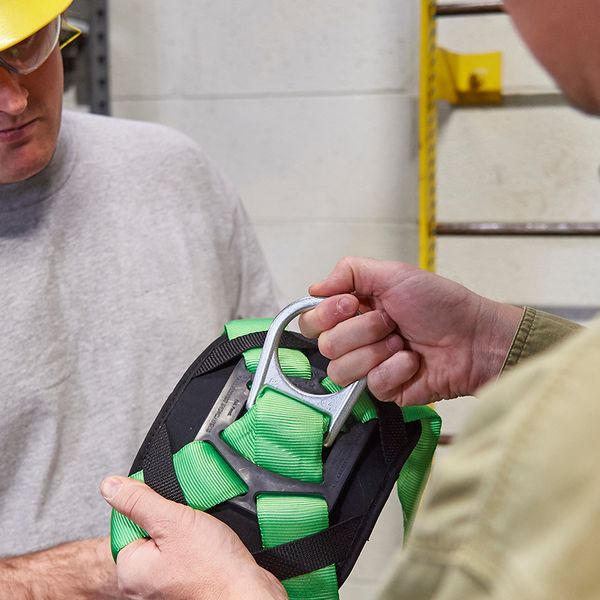Not rewarding safety performance can be discouraging
How do you reward good safety performance without incentivizing underreporting? Employers are divided when it comes to using incentives to promote safety. Employees often feel discouraged when their efforts to work safely are not recognized.
Half think they are an effective way to promote safe behavior; the other half think they do nothing except encourage the underreporting or hiding of injuries. The debate is likely to continue.
Not only do employers disagree on whether incentives are effective or not, but among those who do find them effective, there is disagreement as to what types of incentives work best.
Large vs. small
Incentives can be large or small. An employer can give out only small rewards by choice or if the budget does not allow for large rewards. Or an employer can give out small incentives throughout the year and one or more grand prizes at the end of the quarter or year.
Presenting a large reward as an incentive may prompt employees to work more safely throughout the year. They are likely to keep the reward in mind.
On the other hand, if rewards are large, employees may risk hiding an injury so as not to lose the reward; but if it is small, there is less incentive for an employee to hide an injury.
Large rewards may send the wrong message. The emphasis is then placed on the reward itself rather than trying to change the underlying attitudes and behaviors to be more safety conscious.
Monetary vs. non-monetary
Money given as a reward tends to end up in an employee’s bank account and be used to buy groceries, fix a car, or be added to a savings program.
Money is not always an exciting reward that every employee values. It may be received simply as more income and treated as such. An employee who receives numerous rewards in this manner could expect it as an entitlement. This mindset would make it more challenging to take away if the incentive program should change or end.
Also, it is important to keep in mind that employees are taxed on any kind of monetary bonus or reward they receive. It will either be taken out of their check, or the employer can “gross up” the amount of the reward to cover the cost of the taxes. This could be a significant amount, depending on the amount of the collective rewards. Even things that are not immediately thought of as “cash” incentives are taxable, such as gift certificates that convert to cash if the entire amount is not used.
Non-monetary rewards have an unknown value, so the value may be perceived to be greater than the actual cost of the item. Non-cash rewards have a “trophy” value placed on them. Ask employees what they did with the $50 they received six months before for a safety incentive reward, and they may not remember. But they can point to a plaque on the wall which serves as a reminder of their achievements — not only to them but to others as well.
Key to remember
Maintaining a safe workplace is what all safety professionals strive for. And, if that is aided by the use of well-designed incentives, then few would question it. But, keep in mind, the key is “well-designed.” A well-designed plan will ensure workers feel encouraged without incentivizing them to underreport incidents.



















































